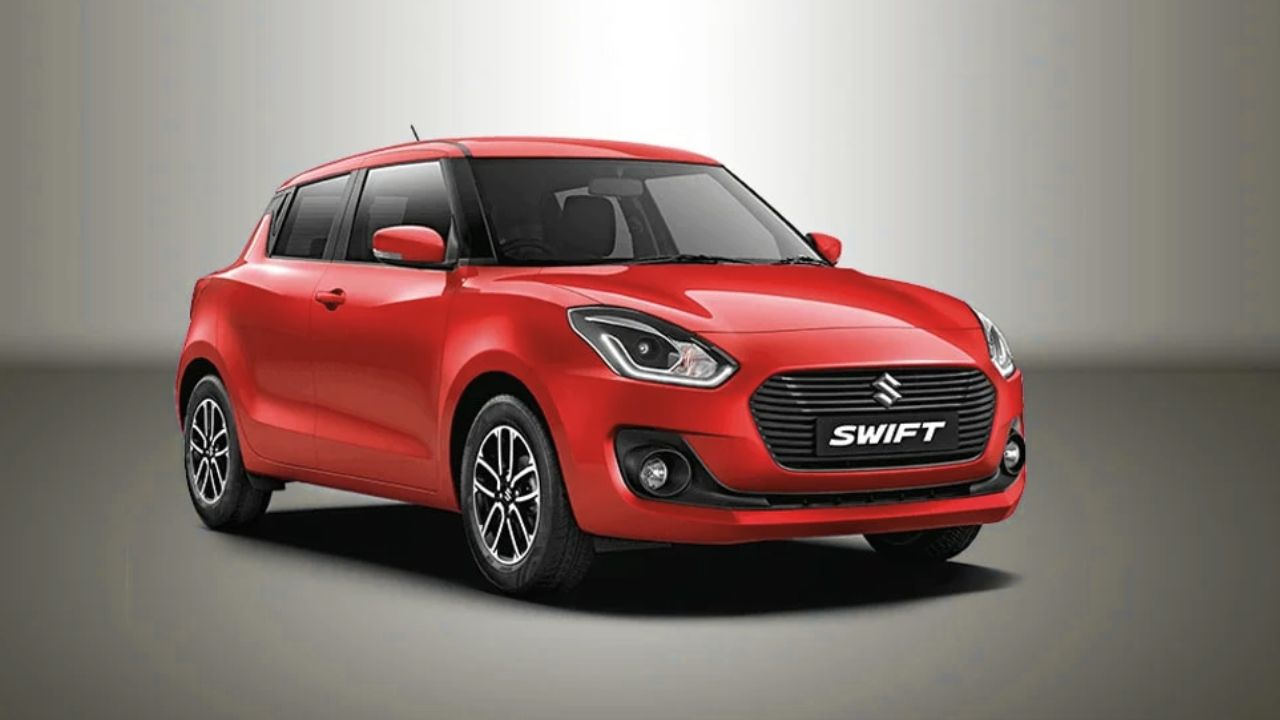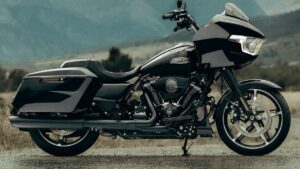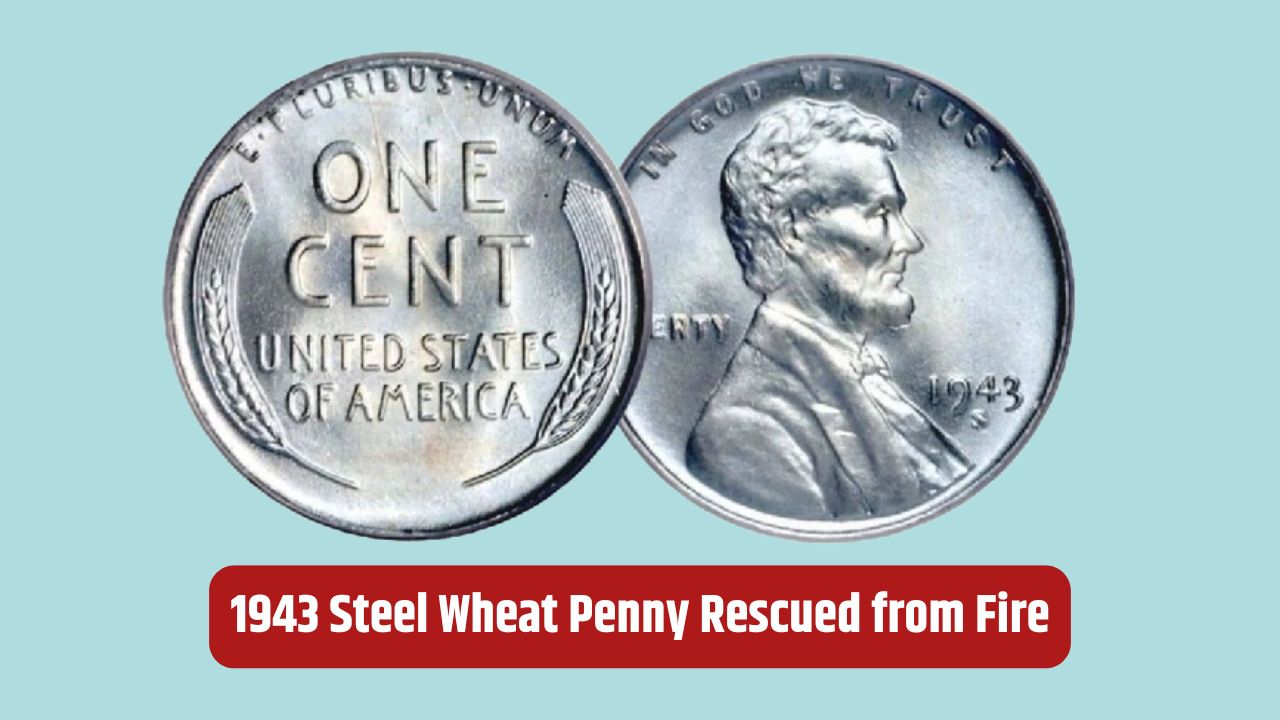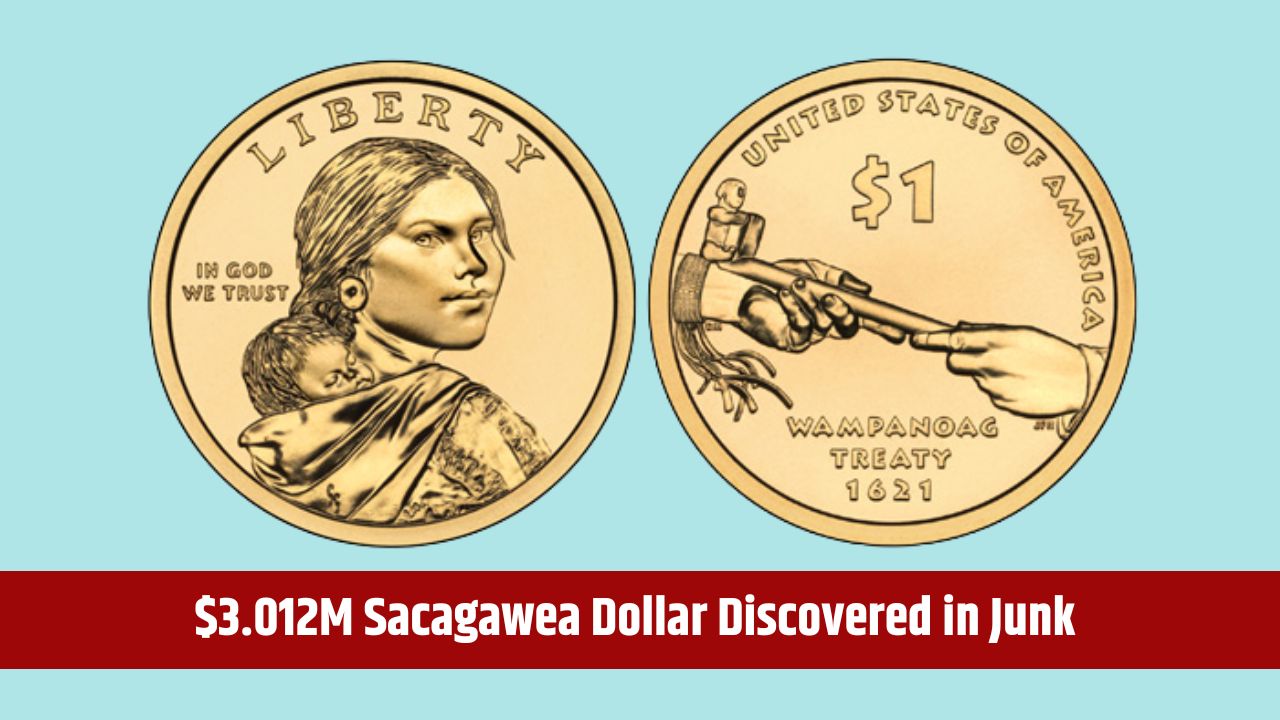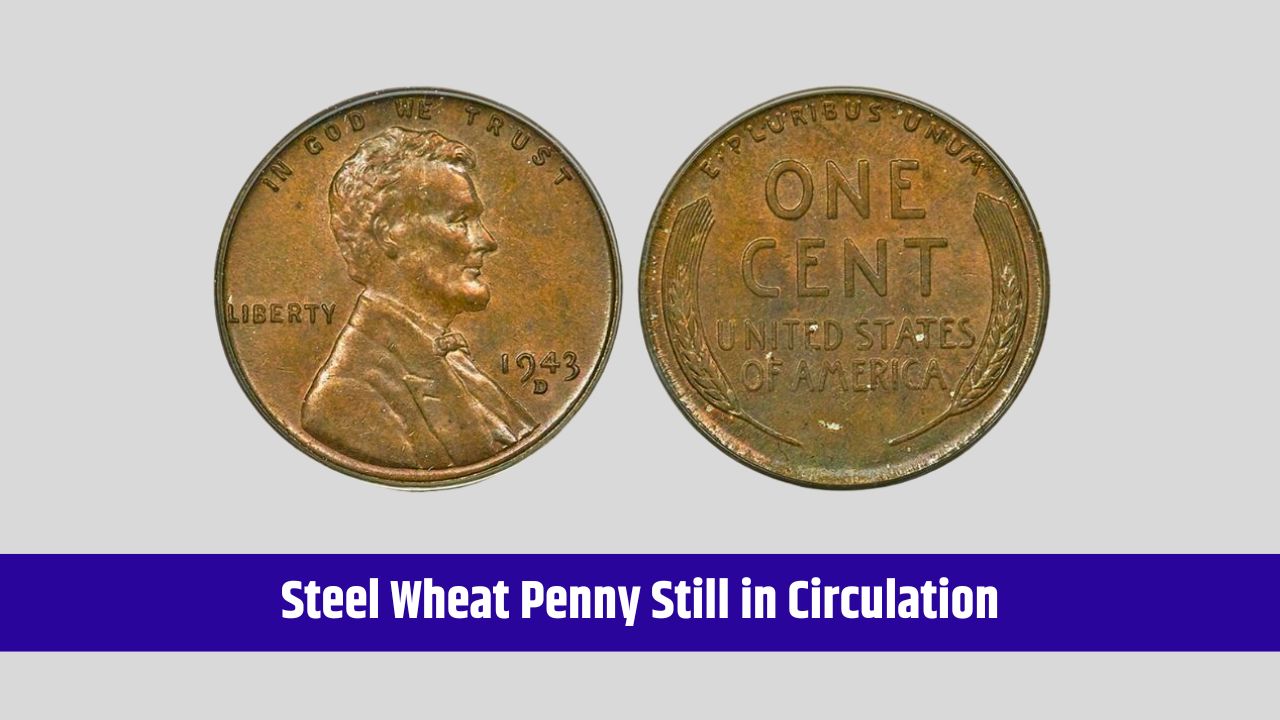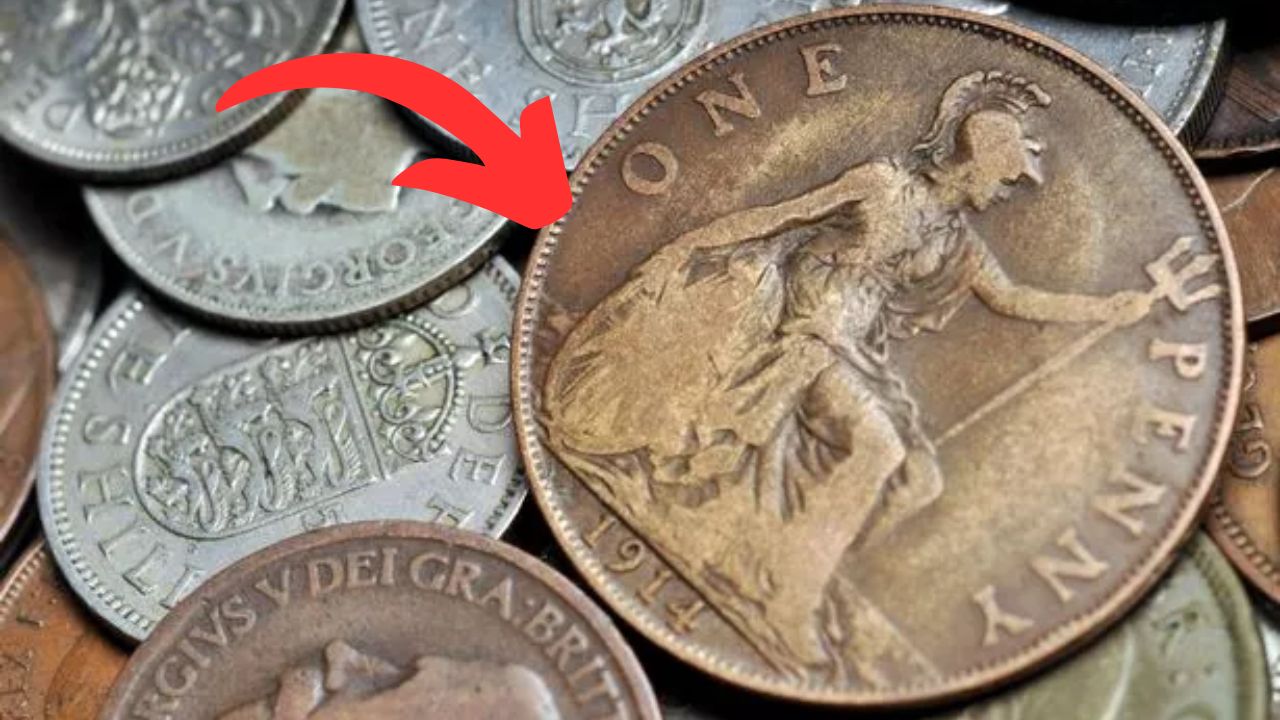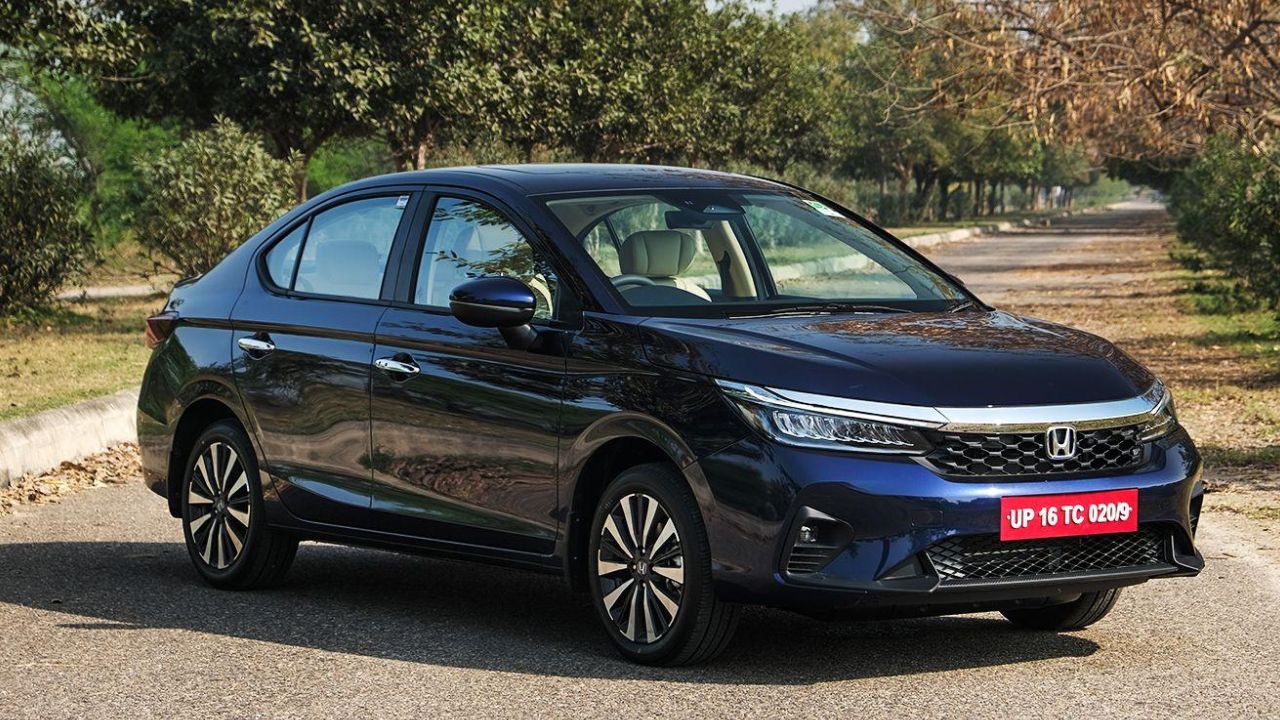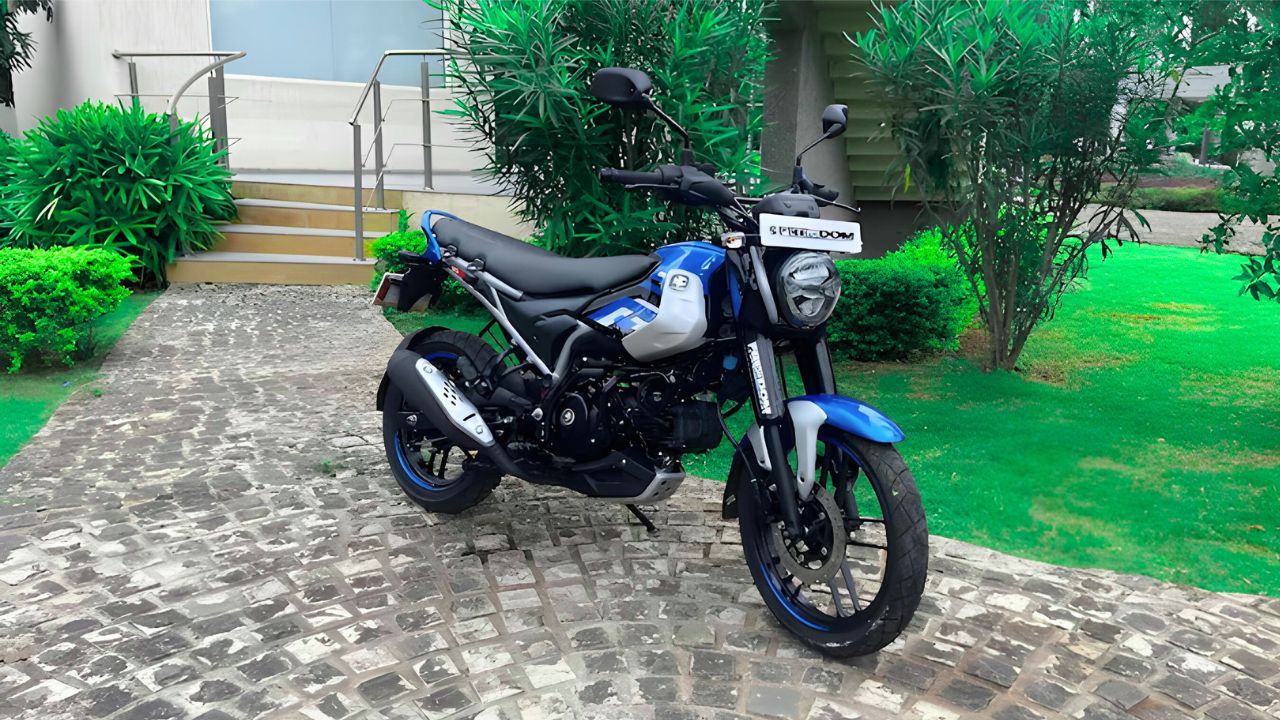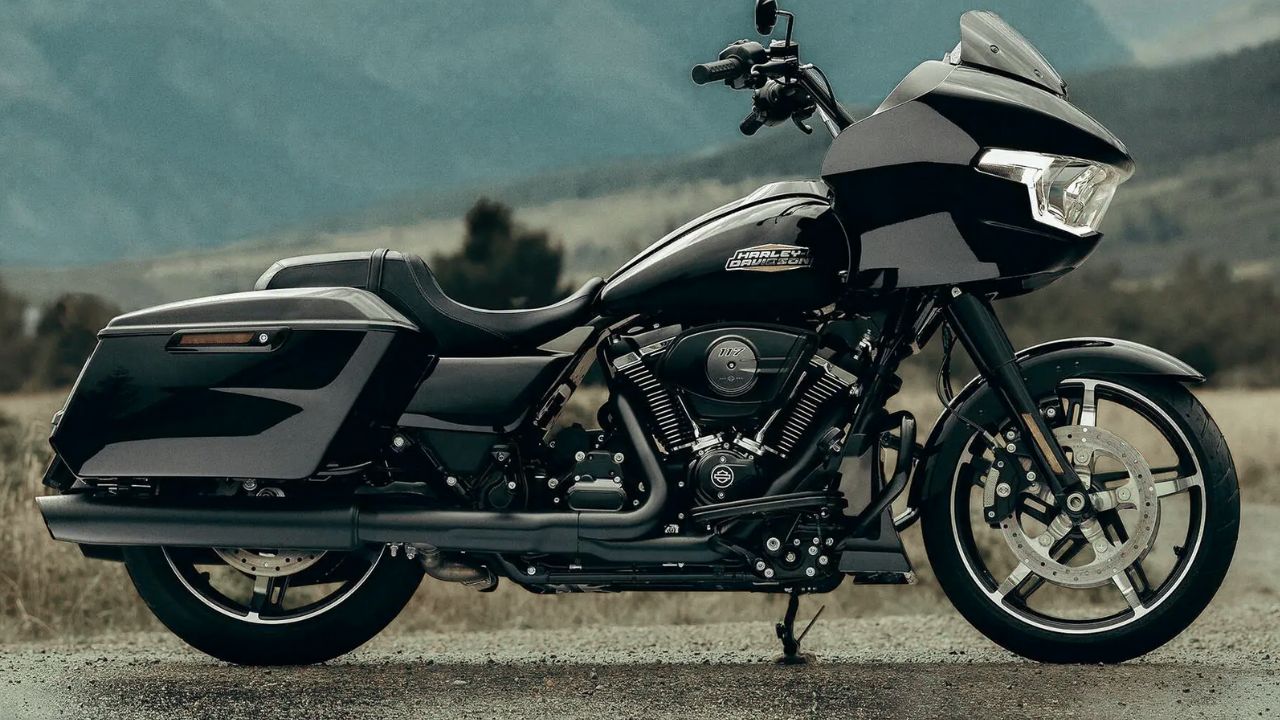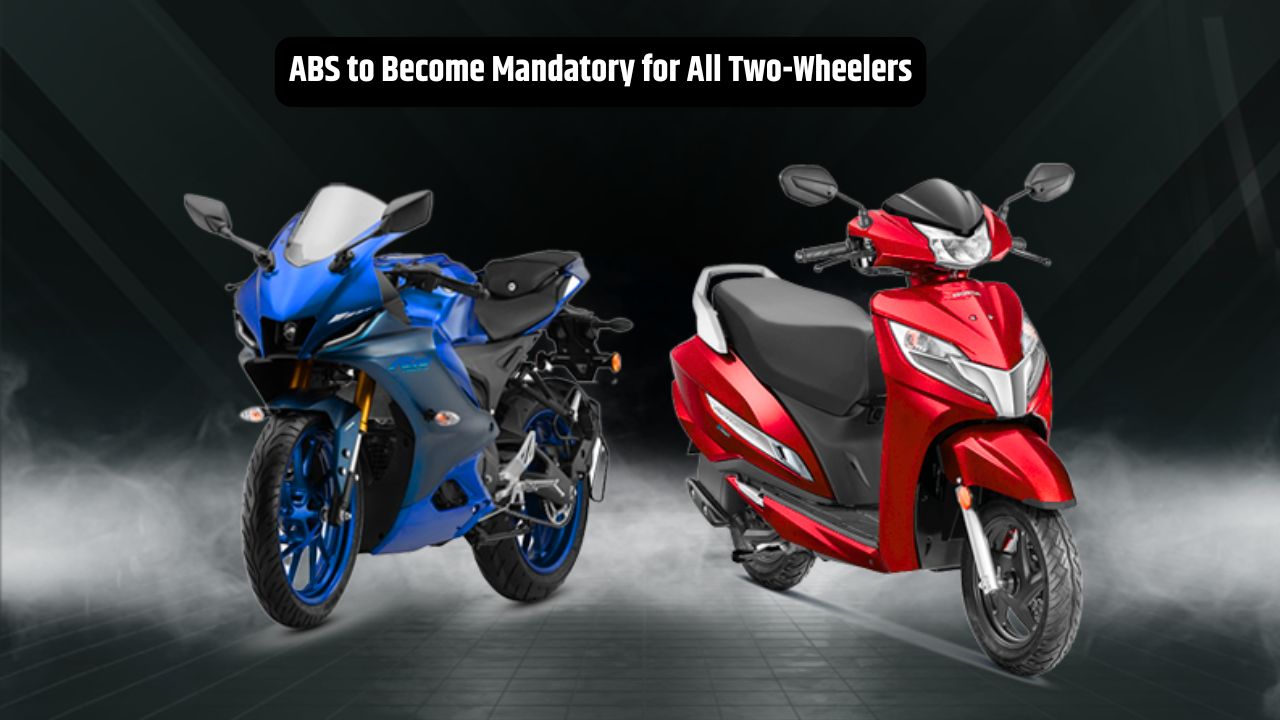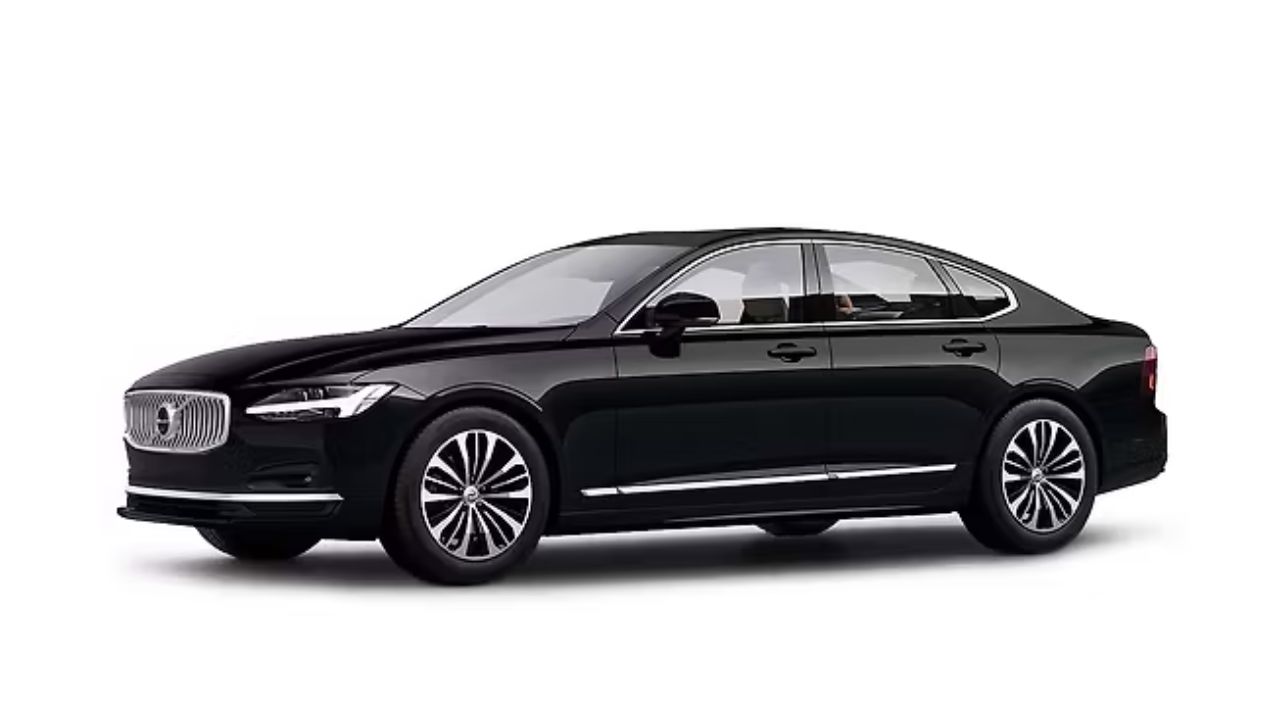Can you believe it’s been 20 years since the Maruti Suzuki Swift first zipped onto Indian roads? Feels like just yesterday we saw that cheeky little hatchback roll out with its signature wide stance, bold front grille, and “I’m-not-just-a-commuter” attitude. Fast-forward two decades, and the Swift isn’t just a car anymore — it’s a cultural icon, a badge of trust, and one of the most successful cars in India’s automotive history.
So what’s made the Swift such a legend over the last two decades? Why do so many people still swear by it? And what does this 20-year journey really say about Maruti Suzuki’s relationship with India?
Let’s take a drive down memory lane — engine revving, music on, windows down.
2005: The Birth of a Hatchback Revolution
It all started in 2005, when Maruti Suzuki launched the Swift in India. At that time, the Indian hatchback market was, let’s be honest — kind of boring. Functional, yes. Exciting? Not so much.
Then came the Swift. And boom — suddenly hatchbacks were cool.
- Design: Sporty, European-inspired looks that felt fresh
- Drive: Zippy 1.3L engine and tight handling that made it fun
- Interior: Young, edgy, and driver-focused — a big step up from basic
- Affordability: All the style, none of the premium price tag
It wasn’t just another small car. It was a statement.
Why Did the Swift Click With Indian Buyers?
Let’s get real — India doesn’t just fall for pretty faces. The Swift became a hit because it delivered on everything that mattered to Indian car buyers.
1. Performance Meets Practicality
Whether you were a college kid, a first-time buyer, or a dad with a tight budget, the Swift gave you something fun to drive without compromising on mileage or maintenance.
2. Fuel Efficiency
Over the years, the Swift kept improving fuel economy figures. With petrol versions now claiming over 22 km/l, it hits the sweet spot between thrill and thrift.
3. Maruti’s Service Network
You can find a Maruti service center in almost every town in India. That kind of after-sales trust is hard to beat.
4. Resale Value
Even after 5–6 years, a well-kept Swift holds its value like gold. Why? Because everyone knows what they’re getting — reliability, low cost, and peace of mind.
The Evolution of the Swift: Generation by Generation
The Swift has gone through multiple generations — and each one has built on the last without losing its soul.
1st Gen (2005–2011): The Game-Changer
- Bold looks, sporty design
- Iconic 1.3L petrol and diesel options
- Instantly caught the attention of young India
2nd Gen (2011–2017): The Maturity Phase
- Smoother curves, better space
- Improved build and features
- Diesel version became hugely popular among mileage-conscious buyers
3rd Gen (2018–2024): The Modern Era
- Sharper design, dual-tone options
- Advanced infotainment, push-start, and auto AC
- Focus on weight reduction, better mileage, more safety features
- Continued popularity even with rising competition
4th Gen (2024–Present): The New Swift
- Recently launched with updated styling
- Powered by Z-Series 1.2L 3-cylinder petrol engine
- Even more efficient, with smarter tech, connected features, and a focus on youthful appeal
Over 30 Lakh Swifts Sold — That’s No Accident
Yes, you read that right. Maruti Suzuki has sold over 30 lakh units of the Swift in India. That’s more than the entire population of some countries.
It’s not just about sales — it’s about trust. People keep coming back to the Swift generation after generation. Many families have had two or even three Swifts over the years. First as a bachelor’s ride, then the family car, and eventually as a second vehicle for city runs.
That’s customer loyalty done right.
Swift in Pop Culture: A Fan-Favorite for All
You know a car’s made its mark when:
- You spot it in music videos
- Influencers flaunt modified versions with black alloys and neon wraps
- Your friend refers to his car as “Swiftie” (and not because of Taylor Swift)
It’s become a canvas for customization, a car for street racers, daily commuters, Uber drivers, and everyone in between.
How Maruti Maintained Trust Through the Years
What makes the Swift story even more powerful is how Maruti Suzuki has managed to evolve without alienating loyal buyers.
- Constant updates, but always affordable
- Introduction of AMT (automatic) variants for urban drivers
- Focus on fuel efficiency and low maintenance
- Building more safety into every new model
- Keeping the design fresh, but the spirit familiar
And of course, the biggest factor: Maruti’s after-sales support. The sheer convenience of parts availability, low-cost repairs, and roadside assistance keeps the ownership experience stress-free.
What the Swift Tells Us About Indian Car Culture
The Swift’s journey is more than a product timeline — it’s a reflection of how India has evolved as a car market.
- From first-time car buyers to tech-savvy urban drivers
- From fuel economy obsession to feature-loaded expectations
- From just buying a car to loving a car
In a way, the Swift didn’t just adapt to Indian needs — it helped shape them.
TL;DR – Quick Recap of the Swift’s 20-Year Legacy
- Launched in 2005, the Swift redefined the hatchback segment in India
- Over 30 lakh units sold, making it one of the best-selling cars ever
- Evolved across 4 generations, blending performance, economy, and style
- Known for reliability, low maintenance, high resale value
- Continues to earn massive trust from Indian customers
FAQs:
Q1: When was the Maruti Suzuki Swift first launched in India?
The Swift was first launched in 2005 in India. It was Maruti Suzuki’s answer to the need for a stylish, fun-to-drive hatchback in a market dominated by practical but basic cars.
Q2: Why has the Swift been so successful in India?
The Swift blends style, performance, fuel efficiency, affordability, and trust. Its sporty design, reliable engine options, and low maintenance costs made it a hit with Indian buyers across generations.
Q3: How many units of the Swift have been sold in India?
Over the last 20 years, more than 30 lakh (3 million) Swift units have been sold in India, making it one of the country’s all-time best-selling cars.

